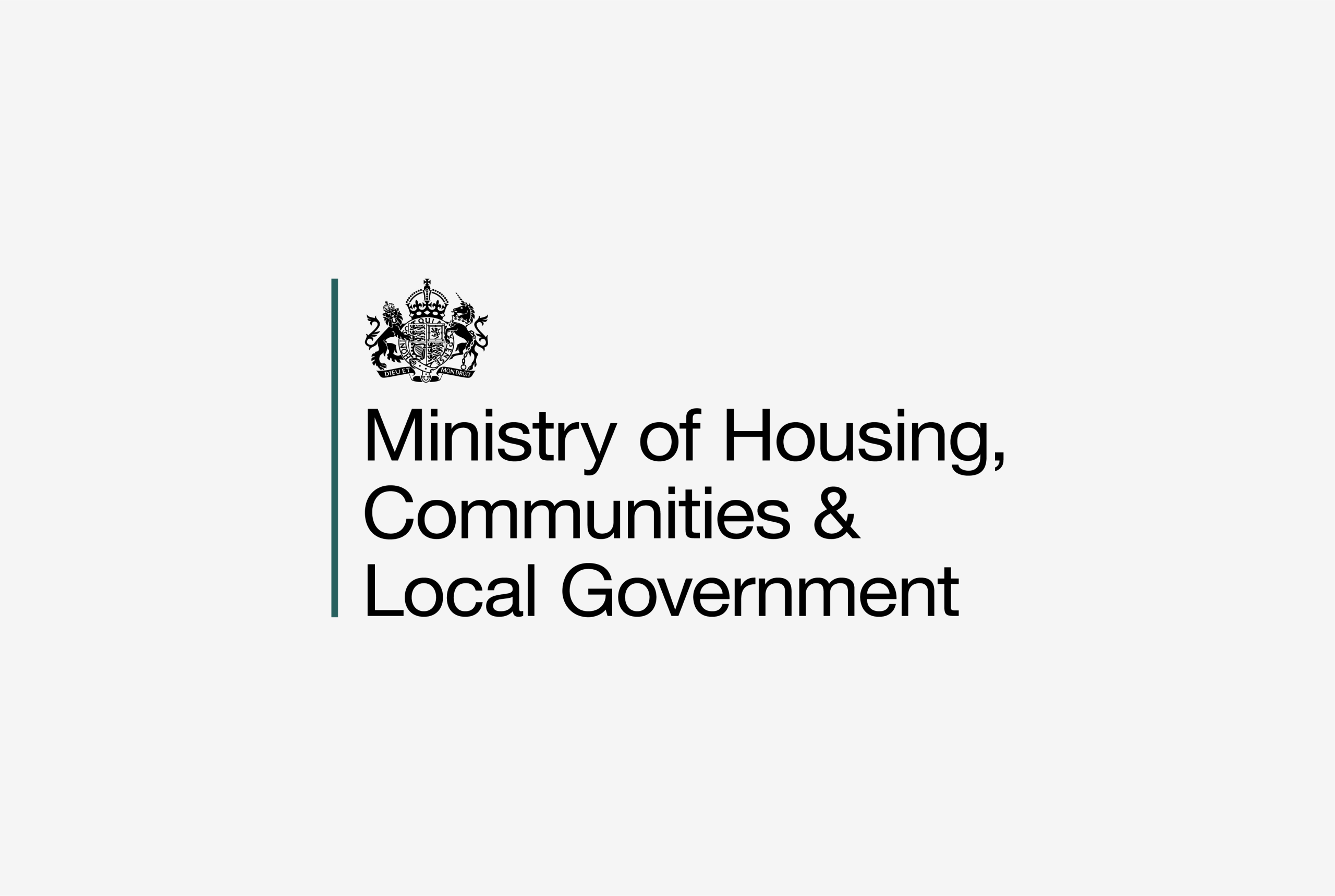Looking for an IOSH or NEBOSH course? Browse our 2026 courses here.
Best Practice Fire Strategies
NEWS
February 2025

Fire safety strategy
A fire strategy should ideally be created at the same time as a building is planned. Sadly that does not always happen. And it can seem counter-intuitive for building designers who want to add their flair which could bring them into conflict with fire safety regulations and legislation.
Our goal at Ligtas is to ensure that buildings old and new do indeed conform to the appropriate legal requirements.
In this article, we share some of our best practice ideas for implementing a solid-fire strategy.
Fire strategies introduction
Fire safety is made up of many different factors, including:
- Structure
- Layout
- Fire detection & warning systems
- Smoke control
- Fire doors.
And naturally, these are influenced by legislative requirements, differing standards and different bodies which have different aims, including:
- Legislators and enforcers
- Insurers & lenders.
These can be confusing, ineffective, and unnecessarily costly with so many interested parties. This is why it is important that before starting:
- New build projects
- Alterations or renovations to a building
- Preparing any fire system designs
- Specifying fire prevention and management practices
A specifications document outlining your requirements needs to be drawn up before designing the full strategy.
When is a fire strategy put in place?
Most fire strategies are designed and created as part of the process of designing a new building or where there is a significant alteration or refurbishment of an existing building.
They are used as part of the Building Control process to show how the design will meet the functional fire safety requirements of the Building Regulations.
These fire strategies form part of the Regulation 38 fire safety package that is handed over on completion of the build and become the building through its life. The fire strategy document will get revised should further change, alterations or development proposed – specifically in high rise buildings (residential at the time of writing). These strategies work alongside the Fire Statement.
What happens with non-traditional or older properties?
You can imagine that older properties may not be as up to date as with new builds or new buildings. Consider that over the last 30 years the number of changes to legislation and the way that buildings have been designed.
These buildings may have fewer exits or stairwells or more open-plan layouts. In this case, a fire strategy can mitigate the risk of full internal demolition and rebuild to meet normal benchmarks and, of course, ensure that new builds meet regulations.
The fire strategy details what the approach used is in a building, where it differs from the traditional approach, what mitigating factors are in place, and how they are effective – if this is missing, there are two issues:
- The risk assessor, who has to use traditional benchmarks as a starting point, will highlight non-conformities and may apply a risk rating and remedial requirements that, in fact, are not applicable in this case or at the very least trigger the need for further investigation and reverse engineering of the building, both cases involving disruption and cost
- The Responsible Person and those assisting in the management of the building may not understand the nature of the strategy and the engineered solutions within and inadvertently throughout the life of the building through maintenance, usage and alterations render the solutions ineffective or non-functional, creating a risk.
In an existing building, the “design” fire strategy may have gone missing, or in the case of a building built or converted before 1991 not exist at all as the more prescriptive standards of the past reduced the need for such a document – the Fire Certificate of older legislation could be seen as a rudimentary approved fire strategy for a building.
Is a fire strategy a requirement in all existing buildings?
When it comes to the undertaking of a fire risk assessment, one has to be mindful of several pieces of legislation:
- Regulatory Reform (Fire Safety) Order 2005 for England and Wales
- The Fire (Scotland) Act 2005
- Fire and Rescue Services (Northern Ireland) Order 2006
- The Fire Safety Regulations (Northern Ireland) 2010
This means that there is an increased reliance on the specification of fire precautions.
Although most risk assessments that lead to the creation of a fire strategy may be sufficient in many cases, more complex environments may need other factors taken into account. So, naturally, pre-existing fire risk assessments will be helpful but must incorporate other considerations.
While the requirement for an organisation to have a fire strategy is not clearly identified in legislation, it makes sense in terms of primary fire safety and building safety legislation to consider one.
Without one, particularly in complex buildings, it may become difficult to manage risk, monitor performance or manage change. So we want to ensure that a fire risk assessment is suitable and sufficient and keeps people and organisations safe.
What should be covered in a fire strategy?
- How will you detect a fire and alert others?
- What are the provisions for safe escape?
- How you limit internal fire spread, e.g. via passive fire protection?
- How you limit external fire spread?
- What are the external & internal provisions to assist firefighters?
- Any other factors that might need considering?
- What is the level of fire safety management required for the building?
Who should create and maintain a fire strategy?
Fire strategies should only be developed and maintained by a competent person with comprehensive training and experience. This person will preferably be an accredited fire risk assessor or fire engineer (check out our training courses), depending on the complexity of the building and the design approach implemented (if known).
If the building is small and simple and it is known that traditional benchmarks have been used, or from the start, the premises are complex requiring an engineered approach, the services of a chartered fire engineer would be preferred.
And finally, not all fire strategies are the same
As we have already stated, there are no legally binding definitions of what your fire strategy contains. However, we have seen that they are prepared in various formats and levels of detail.
What you will notice is when you tender for your fire strategy, you will most likely end up with several different fire strategies. Going with the cheapest strategy that simply ticks the boxes is never a good idea. In these instances, they will probably be lacking in detail and depth.
You must be mindful that these are not simply evacuation plans or fire safety policies.
As you can imagine, a fire strategy is complex and must be tailored to the organisation’s needs and the building. It must consider all aspects of the building’s fire safety, including:
- Construction
- Compartmentation strategy
- Means of escape
- All other fire safety features and measures.
The leadership team will also need to review it to ensure that it is fit for use and, as we have said, not just a box-ticking exercise.
We also recommend that as well as covering what we have shared in this article, it should also cover the principles in PAS 911, “Fire strategies – guidance and framework for their formulation”, which, whilst technically withdrawn, remains the only central framework guide to producing suitable strategies.
What if we don’t implement the right fire strategy?
The answer could have unimaginable consequences. Work with Ligtas to create your best fire strategy that will build trust, improve safety, demonstrate excellence and add to your brand reputation.
Explore Ligtas

Case Studies
Success Stories
See how Ligtas has helped organisations improve health and safety compliance, reduce risks, and protect their workforce.

Fire Safety
Protecting People & Property
Ligtas provides nationwide fire safety consultancy services, helping organisations mitigate fire risks, meet regulatory obligations, and enhance life safety measures.

Training Services
Why Train with Ligtas?
With our industry-leading expertise, we support with compliance and we help you build a proactive, safety-first culture that protects your people and business.



